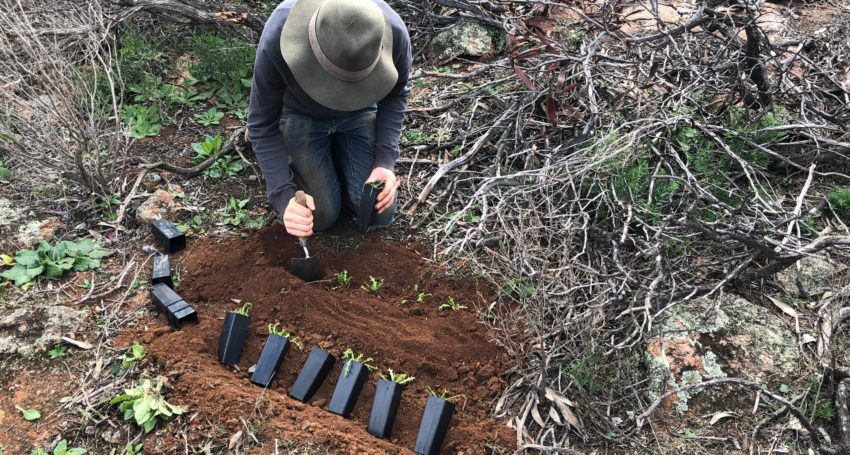[vc_section full_width=”stretch_row” parallax=”content-moving” css=”.vc_custom_1598578799087{background: #2d2d2d url(https://solmediastage.wpengine.com/wp-content/uploads/2020/08/pic4.png?id=6790) !important;background-position: center !important;background-repeat: no-repeat !important;background-size: cover !important;}”][vc_row][vc_column][vc_empty_space height=”100px”][vc_single_image image=”6777″ img_size=”600×275″ alignment=”center”][vc_empty_space height=”20px”][/vc_column][/vc_row][vc_row][vc_column][vc_empty_space][/vc_column][/vc_row][/vc_section][vc_row full_width=”stretch_row_content”][vc_column width=”1/2″][vc_empty_space height=”12px”][vc_single_image image=”7152″ img_size=”full” alignment=”center”][vc_empty_space height=”13px”][/vc_column][vc_column width=”1/2″][vc_empty_space height=”12px”][vc_column_text]
South Australia is flying rare native seeds back from a British bank to save a species from extinction.
South Australia is flying rare native seeds back from a British bank to save a species from extinction.
Precious native pea seeds collected from the Adelaide Hills 13 years ago are winging their way home from London to help revegetate fire-ravaged land in the region.
“We’ve recalled some seeds back from the Millennium Seed Bank in the United Kingdom – they’ve been in transit in Sydney for a few weeks on their way back,” seed biologist Daniel Duval said.[/vc_column_text][vc_column_text]Click here to read the full story[/vc_column_text][vc_column_text]Please select a valid form[/vc_column_text][vc_column_text]← Back to the voting hub[/vc_column_text][vc_empty_space height=”12px”][/vc_column][/vc_row]

